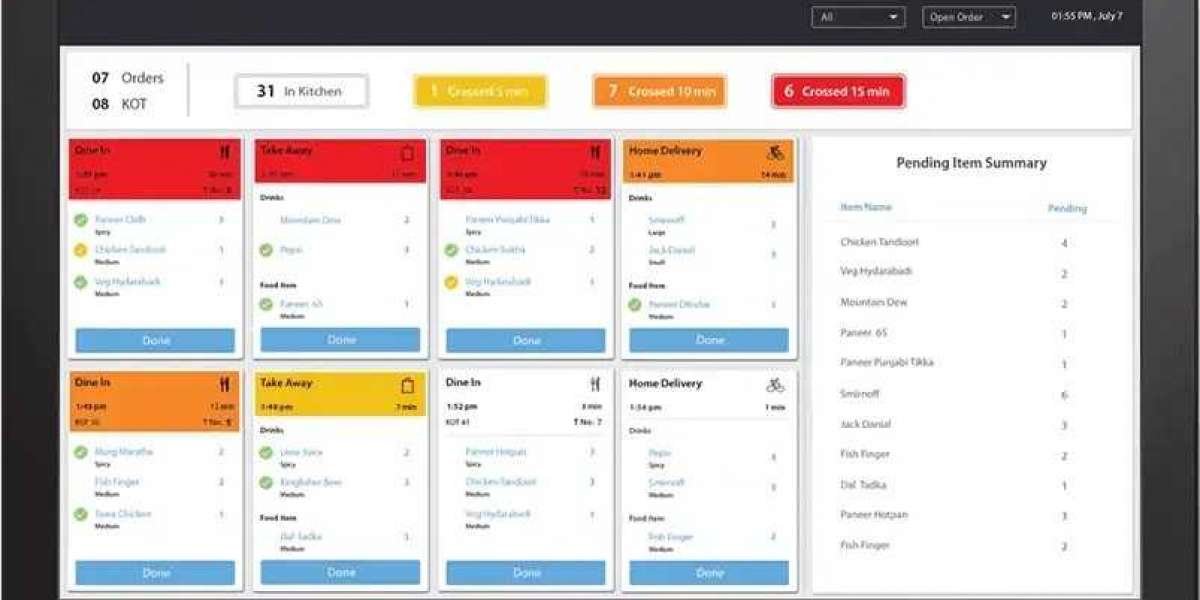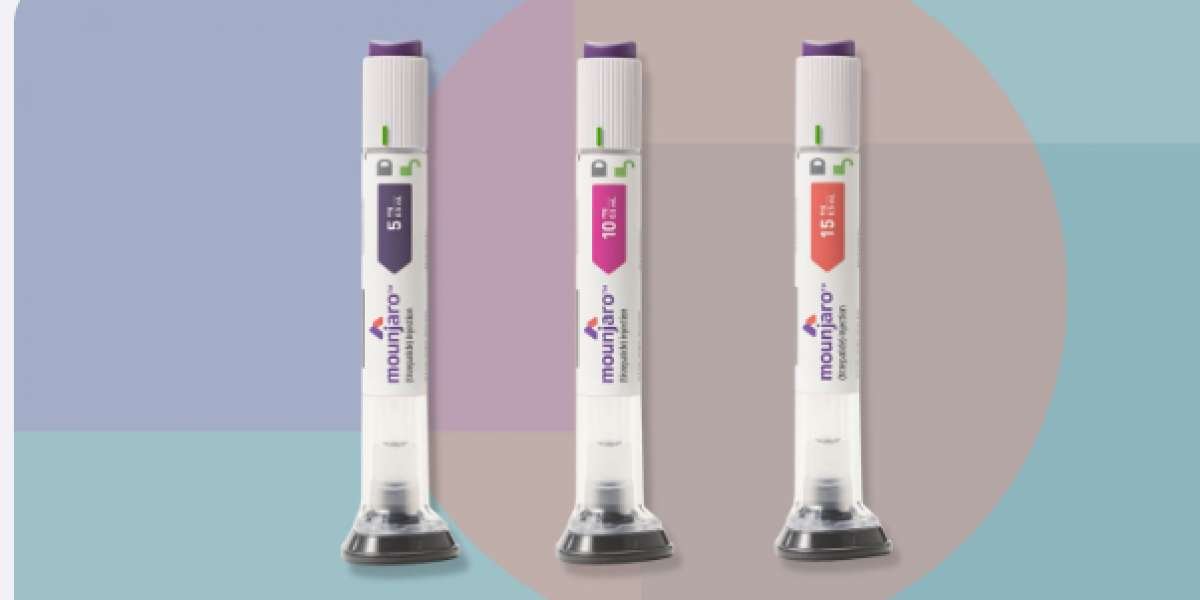Introduction
In the bustling environment of a restaurant kitchen, efficiency and precision are paramount. Restaurant Kitchen Display Systems (RKDS) have emerged as a game-changer in optimizing kitchen operations. But what exactly are RKDS, and how do they revolutionize the traditional kitchen workflow?
Benefits of Restaurant Kitchen Display Systems
Streamlined Order Management
Restaurant Kitchen Display Systems streamline order management by replacing traditional paper tickets with digital displays. Orders are transmitted directly from the point-of-sale (POS) system to the display screens in the kitchen, reducing the risk of errors associated with manual entry.
Improved Communication
With RKDS, communication between front-of-house staff and kitchen personnel becomes seamless. Real-time updates ensure that chefs are aware of order modifications or special requests, minimizing confusion and enhancing collaboration.
Enhanced Efficiency
By prioritizing orders based on factors like cooking time and table location, RKDS optimizes kitchen workflow. Chefs can focus on preparing dishes in the most efficient sequence, leading to faster service and increased customer satisfaction.
Features to Look for
User-Friendly Interface
An intuitive user interface is essential for maximizing the benefits of RKDS. Look for systems with customizable layouts and easy navigation to ensure smooth operation in a fast-paced kitchen environment.
Customization Options
Every restaurant has unique needs and preferences. Choose a RKDS that offers customization options such as color-coded tickets, order tracking, and recipe management to tailor the system to your specific requirements.
Integration Capabilities
Seamless integration with existing POS systems and other restaurant technologies is crucial for ensuring compatibility and scalability. Look for RKDS that offers robust integration capabilities to streamline operations and minimize disruptions.
How Restaurant Kitchen Display Systems Work
Order Transmission
When a customer places an order through the POS system, the details are automatically transmitted to the kitchen display screens. Chefs can view incoming orders in real-time and start preparing them without delay.
Order Prioritization
RKDS prioritize orders based on factors like preparation time, table occupancy, and special requests. This ensures that urgent orders are addressed promptly, minimizing wait times and optimizing kitchen efficiency.
Real-Time Updates
As orders progress through the cooking process, RKDS provides real-time updates to both kitchen staff and front-of-house personnel. This allows for effective communication and coordination, preventing bottlenecks and ensuring timely service.
Choosing the Right System
Assessing Kitchen Needs
Before investing in a RKDS, assess your kitchen's specific needs and workflow requirements. Consider factors such as order volume, menu complexity, and kitchen layout to determine the most suitable system for your restaurant.
Scalability
Choose a RKDS that can accommodate your restaurant's growth and expansion plans. Scalable systems allow you to add or upgrade hardware and software components as your business evolves, ensuring long-term viability and return on investment.
Budget Considerations
While RKDS offers numerous benefits, cost is an important factor to consider. Evaluate the upfront costs as well as ongoing maintenance and support expenses to determine the total cost of ownership and the potential return on investment.
Installation Process
Planning Stage
Before installing a RKDS, thorough planning is essential. Assess the kitchen layout, designate optimal locations for display screens, and ensure sufficient power and network connectivity for seamless operation.
Equipment Setup
Once the planning stage is complete, proceed with the installation of hardware components such as display screens, controllers, and printers. Follow manufacturer guidelines and best practices to ensure proper setup and functionality.
Training Staff
Effective staff training is critical for the successful implementation of RKDS. Provide comprehensive training sessions for kitchen staff, servers, and managers to familiarize them with the system's features and functionality.
Common Challenges
Technical Glitches
Like any technology, RKDS may encounter technical glitches or connectivity issues. Implement proactive maintenance measures and establish protocols for troubleshooting to minimize downtime and disruptions.
Staff Resistance
Resistance to change is common when introducing new technologies in the workplace. Address staff concerns and apprehensions through clear communication, training, and ongoing support to facilitate smooth adoption of RKDS.
Maintenance Requirements
Regular maintenance is essential for ensuring the optimal performance and longevity of RKDS. Schedule routine inspections, software updates, and equipment maintenance to prevent issues and prolong system lifespan.
Best Practices
Regular Maintenance Checks
Schedule regular maintenance checks to identify and address any issues before they escalate. Inspect hardware components, review software settings, and perform system updates to ensure optimal performance.
Staff Training Programs
Invest in comprehensive staff training programs to familiarize employees with RKDS features and functionality. Provide ongoing support and feedback to encourage adoption and maximize efficiency.
Integration with POS Systems
Maximize the benefits of RKDS by integrating them seamlessly with your existing POS system. Ensure compatibility and interoperability to streamline order management and minimize manual entry errors.
Cost Analysis
Initial Investment
The initial investment in RKDS includes hardware, software licenses, installation, and training costs. Evaluate various vendors and pricing models to find a solution that fits your budget while meeting your operational needs.
Long-Term Savings
Despite the upfront costs, RKDS can generate significant long-term savings through improved efficiency, reduced labor costs, and minimized food waste. Calculate the potential savings over time to assess the system's return on investment.
Return on Investment (ROI)
Calculate the ROI of RKDS by comparing the total cost of ownership with the anticipated benefits and savings. Factor in both tangible and intangible benefits such as improved customer satisfaction and operational efficiency.
Case Studies
Successful Implementations
Explore case studies and success stories of restaurants that have implemented RKDS successfully. Learn from their experiences, challenges, and best practices to optimize your own implementation process.
Customer Testimonials
Seek feedback from existing users and customers who have experienced the benefits of RKDS firsthand. Their testimonials and recommendations can provide valuable insights and reassurance during the decision-making process.
Improved Operational Efficiency
Measure the impact of RKDS on operational efficiency metrics such as order processing time, table turnover rate, and customer satisfaction scores. Track performance indicators to quantify the system's effectiveness and ROI.
Future Trends
AI Integration
The future of RKDS lies in AI integration, enabling predictive analytics, intelligent routing, and automated decision-making. Stay ahead of the curve by embracing AI-powered features and functionalities to further enhance kitchen operations.
IoT Connectivity
IoT connectivity enables real-time monitoring and control of kitchen equipment, inventory levels, and environmental conditions. Explore IoT-enabled RKDS solutions to optimize resource allocation and minimize waste.
Mobile Applications
Mobile applications allow chefs and kitchen staff to manage orders and monitor kitchen operations from anywhere, at any time. Embrace mobile-friendly RKDS platforms to increase flexibility and responsiveness in a rapidly evolving restaurant environment.
FAQs (Frequently Asked Questions)
- What is a Restaurant Kitchen Display System?
- How do Kitchen Display Systems benefit restaurants?
- What features should I look for in a Kitchen Display System?
- How does a Kitchen Display System work?
- How do I choose the right Kitchen Display System for my restaurant?
- What are some common challenges with Kitchen Display Systems?
Conclusion
Restaurant Kitchen Display Systems have become indispensable tools for modern restaurants looking to optimize efficiency, streamline operations, and enhance customer satisfaction. By investing in the right system and following best practices for implementation and maintenance, restaurants can unlock a myriad of benefits and stay ahead of the competition in today's dynamic food service industry.



